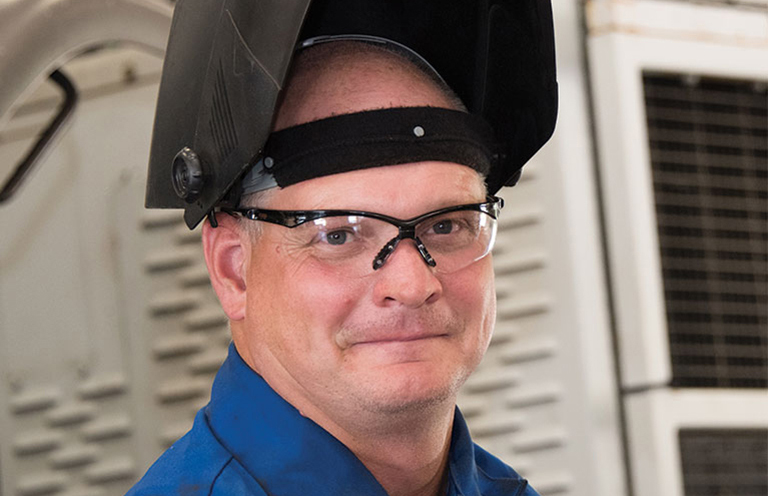
Washington — The director of NIOSH’s Office for Total Worker Health says employers should think about the physical and mental health needs of their employees returning to the job amid the COVID-19 pandemic.
“Continue to focus on the supports that workers need most in difficult times,” L. Casey Chosewood said during the agency’s June 25 webinar on strategies for safely returning people to the workplace. “They obviously want to trust you as they return to work, so show them compassion, provide stability and share hope that we will all get through this together.”
NIOSH colleagues R. Todd Niemeier, industrial hygiene team lead, and Kevin H. Dunn, a research mechanical engineer, joined Chosewood in discussing reopening scenarios for general business, offices and manufacturing settings.
They encouraged employers to get familiar with several key guidance documents, including the Center for Disease Control and Prevention’s Interim Guidance for Businesses and Employers Responding to COVID-19 and Resuming Business Toolkit, which includes a restart readiness checklist and worker protection tool.
Dunn said restarting normal or phased business operations is an opportunity for employers to implement and update COVID-19 preparedness response and control plans. These plans should be specific to the workplace, identifying all areas and job tasks in which employees face potential exposure, and include measures to eliminate or control exposures.
Other recommendations:
- Designate a COVID-19 workplace coordinator, and ensure all workers know who this person is and how to contact him or her. The coordinator also should know and follow local and state regulations, as well as public health guidelines.
- Conduct a thorough hazard assessment to learn about existing and potential hazards as workers return.
- Consider changing duties of vulnerable workers to minimize their risk and contact with customers and co-workers. A cashier, for example, could be moved to a restocking job, if it’s appropriate and the worker agrees to the new role.
- Follow CDC guidance on air and water systems in facilities reopening after a prolonged shutdown. This includes following the American Society of Heating, Refrigerating and Air-Conditioning Engineers’ Standard 180-2018, which establishes minimum requirements for heating, ventilation, and air conditioning inspection and maintenance.
- Delegate authority so local offices or branches can react based on regional COVID-19 conditions, which vary by state. This will ensure local teams have a stake in how they respond appropriately.
- Increase the outdoor air ventilation rate or total ventilation rate to improve central air filtration to the highest level possible that doesn’t impact overall airflow.
- Remove items that create traffic, such as coffee machines and bulk snacks.
- Allow more flexibility for time off and paid sick leave so employees who have to care for children or sick relatives can adjust their schedules accordingly.
- Focus on proper and regular cleaning and disinfection of high-traffic and high-touch areas.
- Regularly include workers and labor unions in safety discussions.
“Above all, keep communicating and provide those necessary flexibilities (for workers),” Chosewood said.


